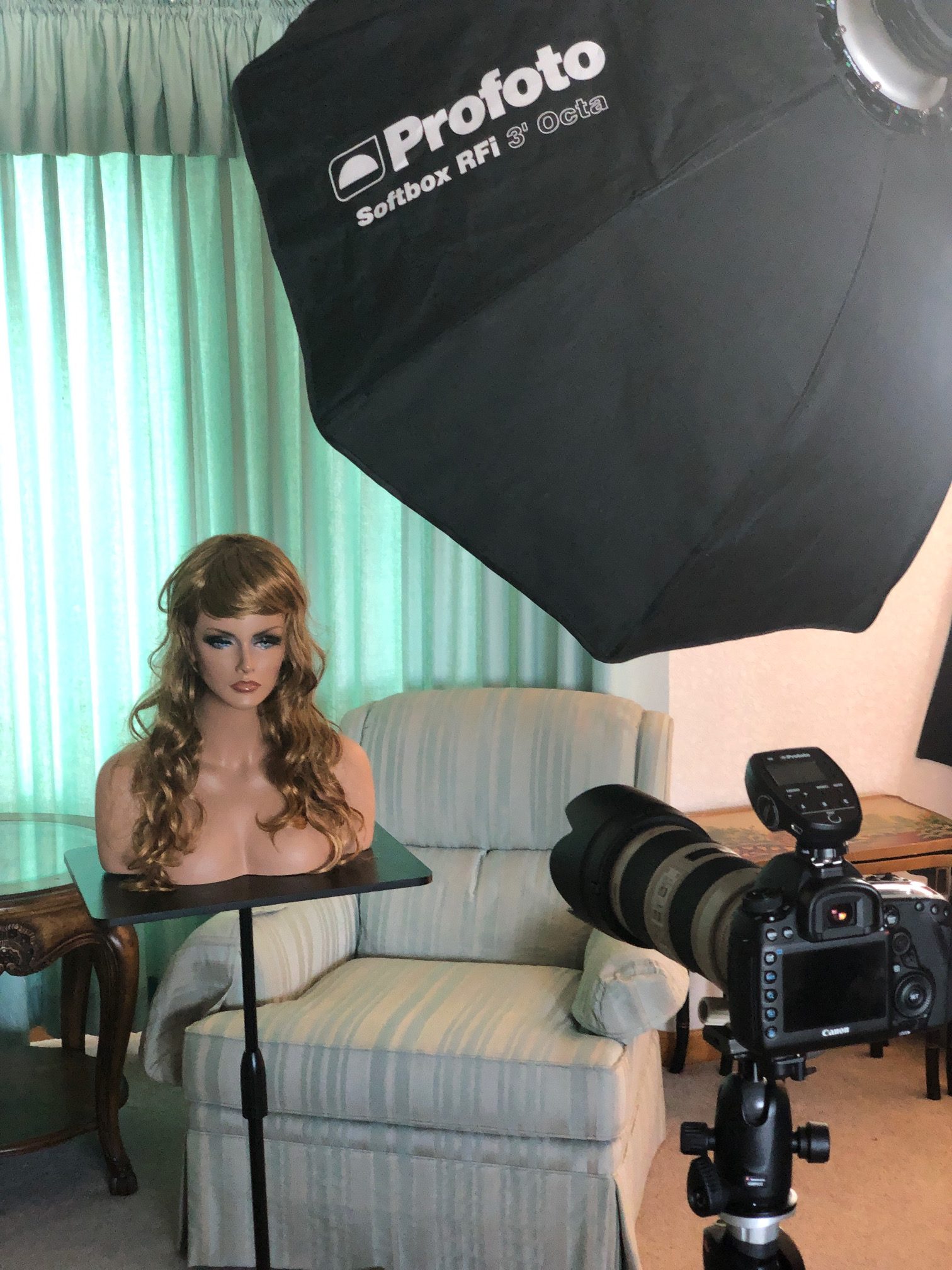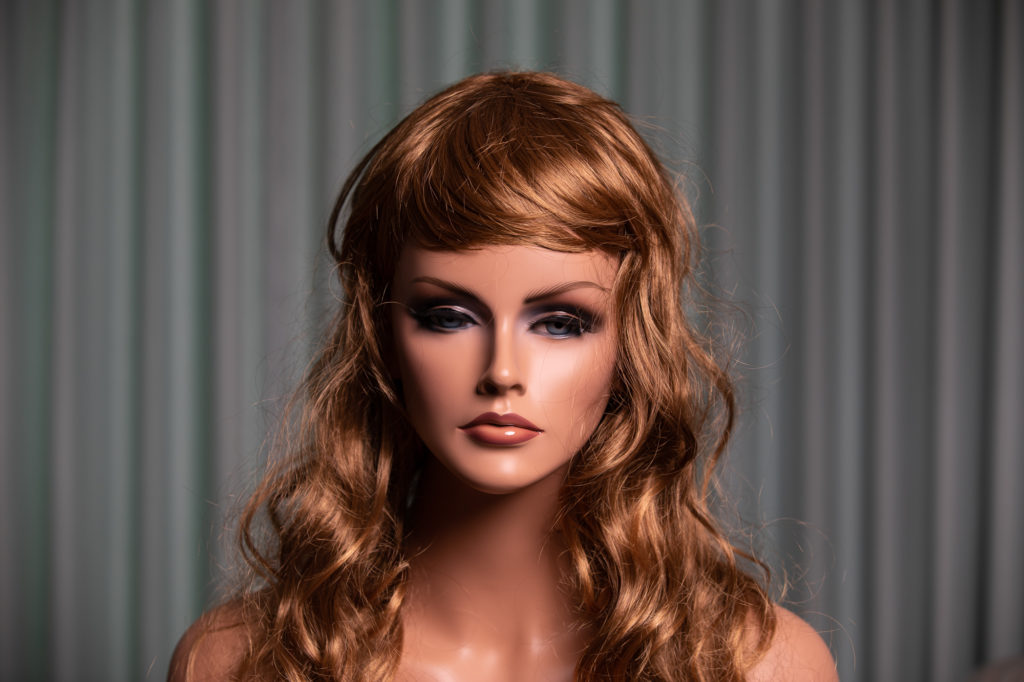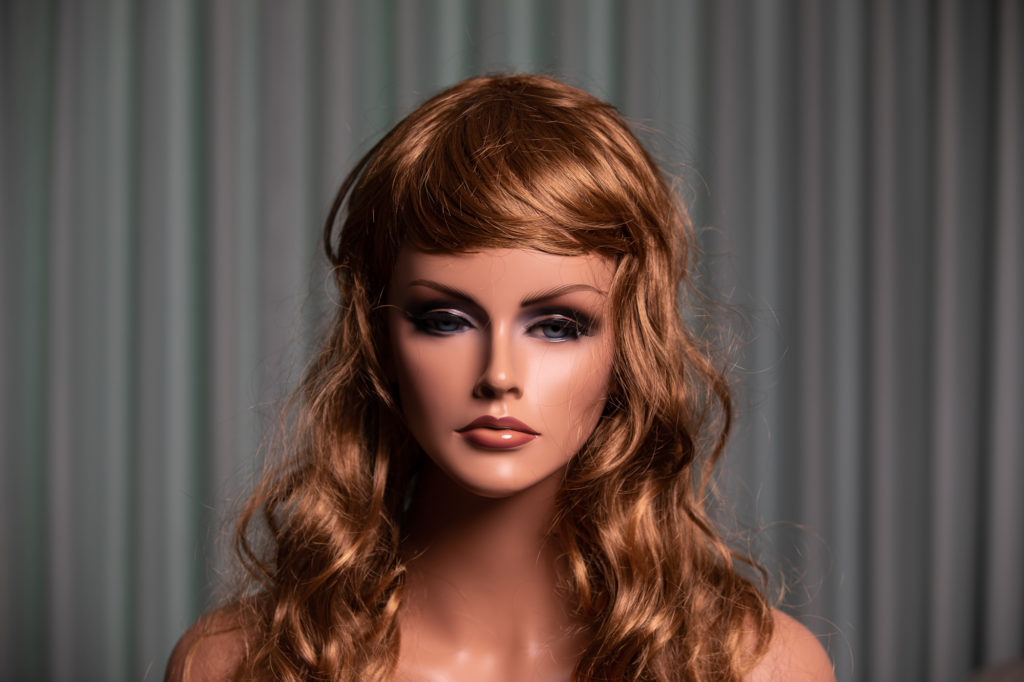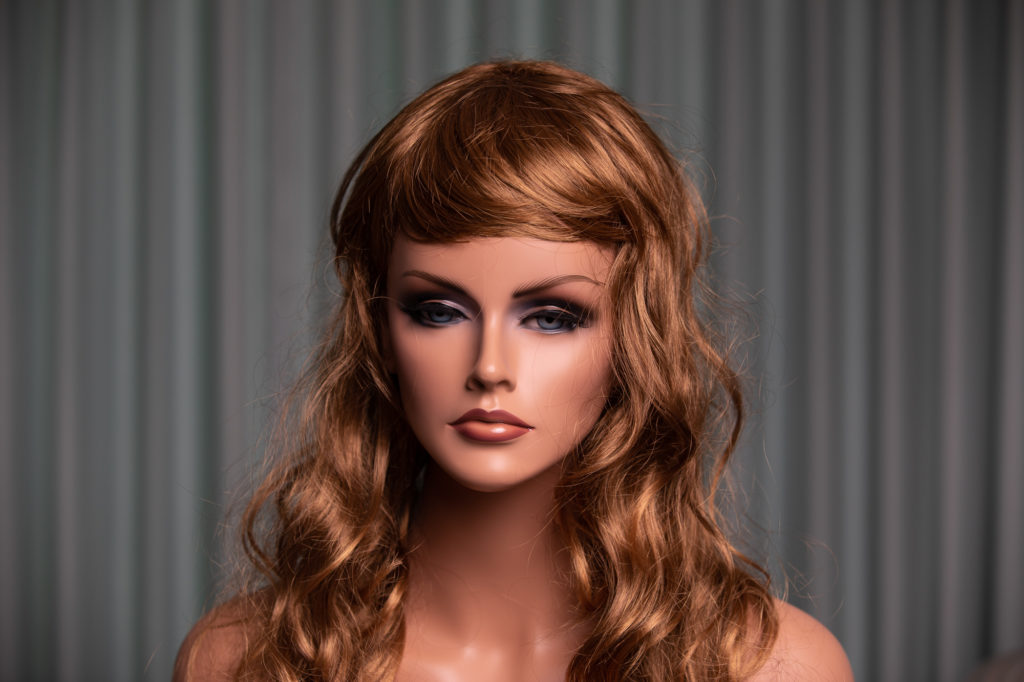
This article may contain some things that you might have a tough time hearing if you are experiencing difficulties selling products with your photography. Why do some photographers sell, and some do not? Let’s talk about it.
The basics
The Canon 5dMKIV, a pro level DSLR camera outputs images at around 6700 X 4400 pixels. There are cameras which are many times that resolution, but I will use the 5dIV for this example because it is considered an industry standard in terms of image quality output. As a point of interest, the lower end prosumer model Canon T7i outputs around 6000 X 4000 pixels and is a very capable camera at a fraction of the price. I will not get into he differences between the two cameras because one is full frame and the other is APS-C, rather I will just stick to the output resolution because those dimensions directly correspond to the products you can put your image on in the Redbubble (and other PoD services like Teespring, Teepublic, Spreadshirt and the like.) interface.
Aim to the Duvet
The printable area for the king size Duvet needs a file with dimensions equal to 7632 x 6480 pixels at 300 dots per inch, and a file of this size is compatible with most of the other products available on Redbubble. If you aim toward the largest size needed, most other products will work. The problem with using an image from a camera is that you are under the file size needed for some of the cooler products. So how do I get a useable file for a Duvet out of an image off my camera?
Let’s process this
If you are shooting on a smartphone, and then uploading to Redbubble, the quality is just not going to be there. I am all about the camera you have is the best one adage, but the quality of the images that are output from a smartphone are (in mast cases) not going to stand up to printing on a very large format like the King Duvet. Even with some of the larger pixel smartphones coming out, the fact is that the sensor in the smartphones is so small that the quality does not stand up to larger printing formats. We shall see what the quality of the new cameras offers, as I type this a new Samsung is slated to hit the market soon which may change the opinions.
How you process your images is also important, in many cases the horizontal edge can be upscaled a bit and will fit on one edge of the Duvet, but then there is space that is not filled with your image, what do you do about that? A solid color? This can b done in the Redbubble interface. The other option is to upscale the image so that the short side of the image meets the 6480 resolution requirement. The net result of this will be a cropped image from your original, so be sure to shoot for the crop you need for your final image.
The method you use to upscale your image is also important. Not all algorithms are created equal, and I have found that the output from free software packages like GIMP tend to leave images blurry. The good news about this is that you are printing on fabric in most cases, so a blurry image is going to matter more on prints and coffee mugs. A better option is to subscribe to Photoshop or buy a dedicated resizing program or plugin. Adobe recently announced a new feature called super resolution which can upscale an image four times it’s original size with little quality loss. The photoshop bundle costs 10 bucks a month, if you are a photographer, I can’t imagine why you would not take advantage of this amazing price.
So, if your technical photography game is on point, and you still aren’t selling products with your images, what are you doing wrong?
Amateur hour
The internet is a fickle place, and good photography is available everywhere. This means that if your image quality is not in the very good to great level of quality then your stuff isn’t going to sell. Not to bury the lead here, but this is the most common problem I see when I consult with Redbubble sellers who are struggling to get consistent sales with photo products. This can be very tough to hear, especially when everyone you know is telling you how amazing your photography is. You might have an amazing image of a beach that is just not selling even though it looks great to you. What you need to assess is whether the image is great because it means something to you – like memories of a great beach vacation or if it is technically great. When you look at your image, you remember the fond times on the beach and the margaritas you had and how warm the water was. When I look at your image, I see a shot of a beach that I may have seen a million times before, and it was likely shot at midday. The sun is probably harsh, and the sky is boring, making the image overall lifeless. The easiest way to fail at Redbubble with photography is to upload snapshots instead of art. To be frank, nobody cares to hang an image of your girlfriend on the beach in her bikini, or an image of your car shot on the street in midday.
Boring presentation
The other big way I see designers struggle is with the way they put the images on the products for Redbubble and other print on demand sites. There is nothing more boring than plopping an image on a shirt and calling it a day. Even if it is an amazing photo, if you do not add text or some other design elements to the design they generally don’t sell well. See? Tough love here in this article. So, how do you get better and make images that are quality enough to sell?
Practice!
Getting better at photography is just like getting better at any skill. Do not rely on your camera and think that the camera will make the shots great, I have tens of thousands of dollars in camera gear that is very capable of taking terrible images. Consider enrolling in a community college course to ramp up your photo skills. The YouTube videos can only offer so much, and being in a classroom and having your work evaluated will be one of the biggest steps you will take to increase your skills in photography. There are many keys to a good photograph, the light, the composition, technical aspects, and post processing. With the rampant availability of great images online, if you fall down in any of these categories, you could end up with an image that will not sell well for you.
Don’t be discouraged
There is a market for every kind of art in the world. There IS a market for your boring vacation snapshot, you just need to find it. If you are looking to sell images of a car then join and get involved in a Facebook group dedicated to that car (I’m sure there are many) If you take the extra steps to make the designs interesting with some graphical or text additions then you might be able to find a great niche for Redbubble.
Conclusion
There you go, was it painful to hear that? I mentor people on print on demand and photography, and I am well aware that it can be devastating to hear that your work is not as good as your family is telling you it is. Did you learn something? Do you know someone else who is struggling to sell photography on Redbubble, Teespring Spreadshirt, Etsy or other platforms? Share this article with them and help me to continue to make this kind of content. Feel free to drop me a message here if you have any questions about this article.









